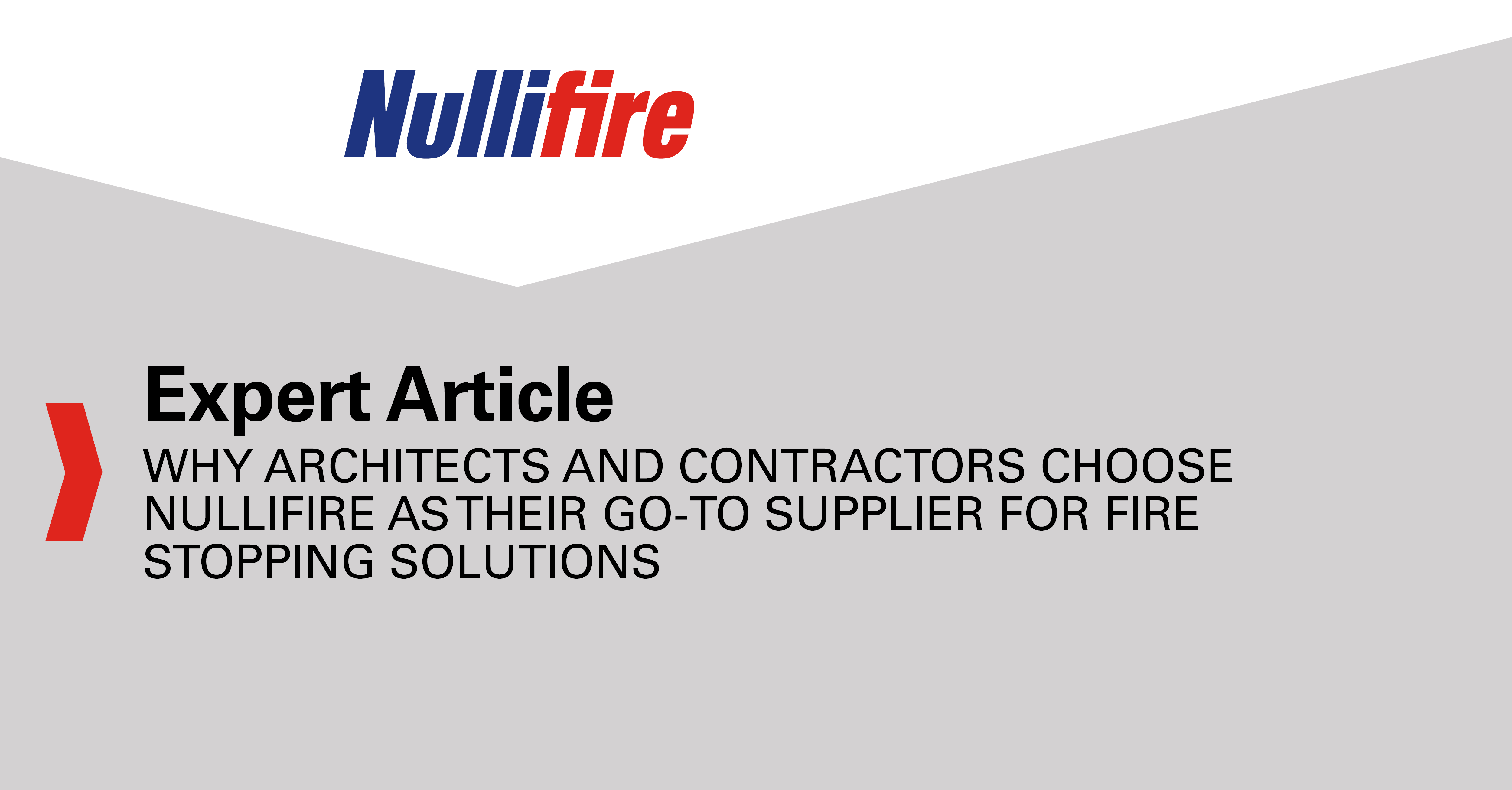Performance, Testing and Standards: What Architects Need to Know About Intumescent Coatings

There are several different types of fire protection systems. One of these is intumescent coatings, which in itself contains a significant number of options available to the end user. From a wide range of manufacturers, the options available include products based on different technologies that provide:
- Different fire resistance periods
- Varying resistance to atmospheric conditions
- Different drying or curing profiles
- Different mechanical or physical properties
Selection is often weighted towards environmental considerations and the economic advantage. However, when there is so much choice, how is it possible to equally compare different products?
In the UK, the relevant standards for fire protection of structural steel are:
- BS476 Part 20-22 (which will be replaced by EN1338 in 2029) in conjunction with ASFP’s Yellow Book
- EN13381 series
Each of these standards sets out the minimum requirements in order to determine if a product is suitable for the protection of structural steel in a fire. In Nullifire’s experience, BS476 is still prevalent in the UK.
Every product marketed should be tested on steel members that are under structural load to the same level as should be expected in a building. The columns would be under compressive load, with the beam under tension or compression on various points of the member.
Structural members are not typically loaded or utilised to 100% of the actual capacity, but is limited to around 60% as a safety factor. This safety factor allows for the structural steel to support the design load even in the event of a fire and delaying structural collapse until a temperature of 500-600°C has been reached.
Each product must be tested at the maximum Dry Film Thickness (DFT)
The maximum DFT thickness to be specified for beam protection should be tested on a structural beam of minimum 4.5m length and under constant load for the duration of the test – typically referred to as a loaded beam test.
The intumescent coating will react and swell to form a protective char which slows down the conduction of heat into the steel. Even though the rate is significantly lower, the temperature in the structural steel will still increase. As it increases, it will first expand slightly, and then the steel will start to deflect under the applied load. As the structural steel bends, it is imperative that the Intumescent char remains in place for the required fire duration. Any weakness could see cracking or even detachment which will lead to dramatic increase in temperature and potentially structural collapse.
These tests under load are expensive and time consuming. It is prohibitive to conduct such testing for every type and size of steel member that may be used in construction. Test furnace capacity does not exist to evaluate for every option. Based on historical test evidence, the standards define that the most critical pieces only be evaluated.
Due to the huge variation in structural steel available for use in the design of projects, it is not good enough to rely on one test for each geometry. Therefore the standards dictate that as well as the loaded test, a minimum number of short and unloaded sections must be tested. In the case of beams, then a range of beam sizes will be tested.
Statistical analysis is applied as a guide by the standard to determine the DFT required. These are the product loading tables used for Material Take Off, or Estimations.
Third party certification helps customers to ensure that the products perform as marketed. The process typically involves the certifying body supervising all aspects of the process including initial manufacture, application and fire testing. All analysis of the results and determined loading table performance is reviewed by the third party. If there is agreement in the process and results, the third party will publish the certification so that any claims on performance are independently verified.











